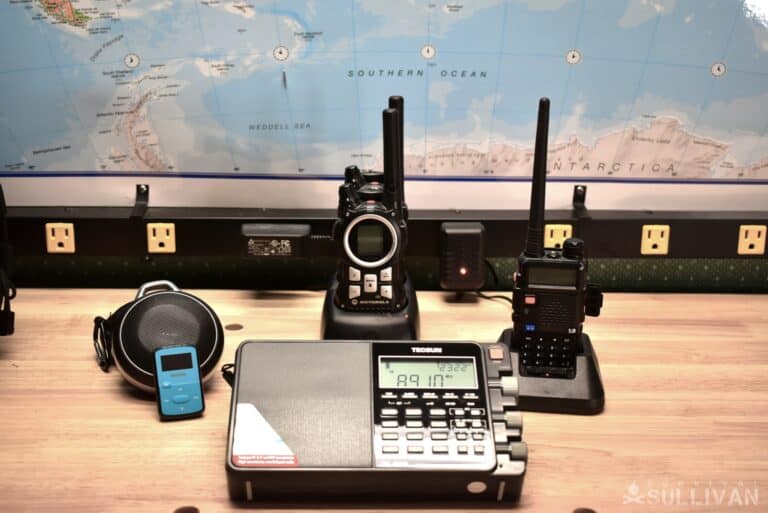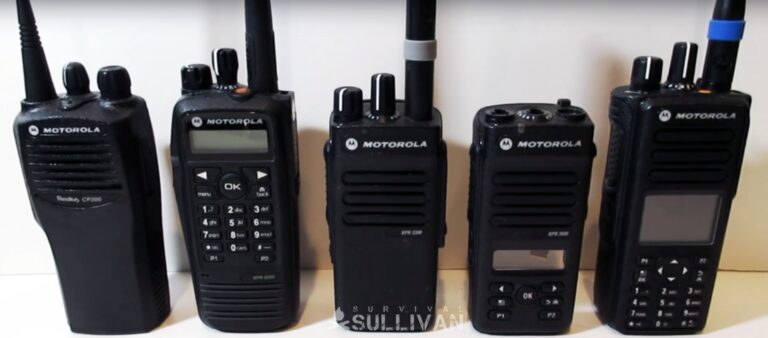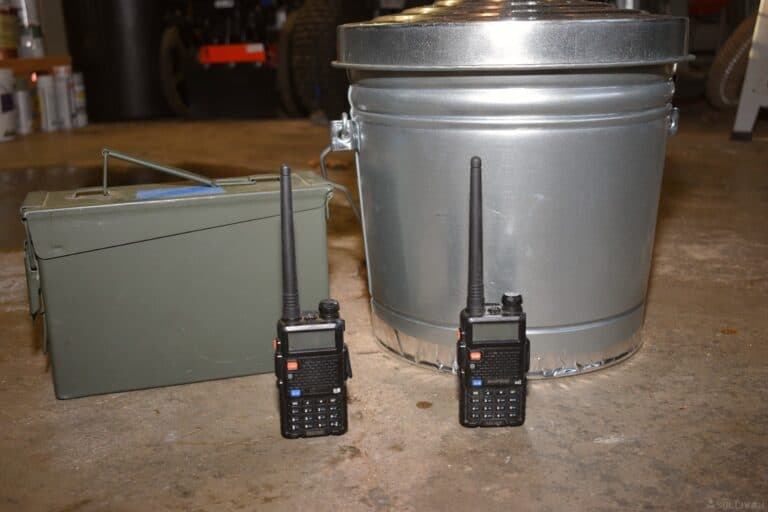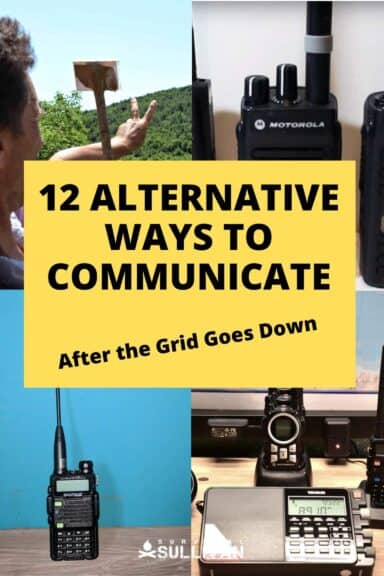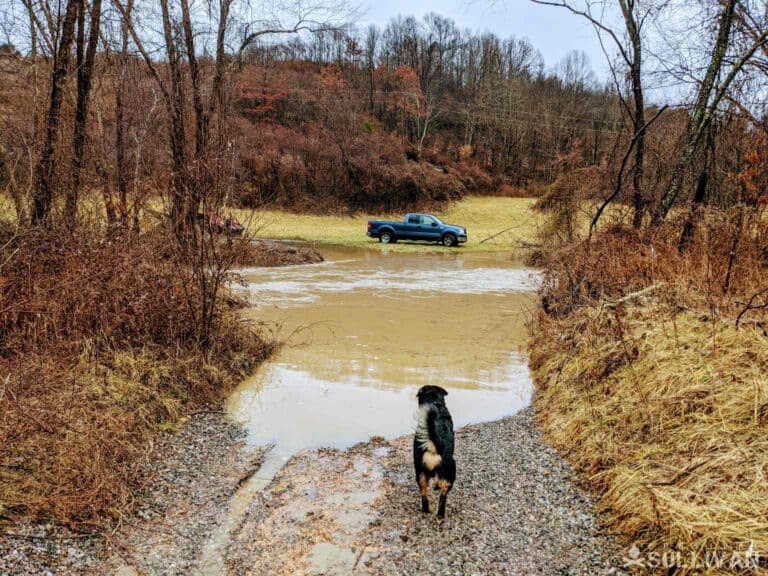If there’s one thing that everybody knows by now, it is that the military speaks English with enough strange acronyms, lingo, loanwords, and slang terms that it definitely sounds like a different language. Perhaps nowhere is this more apparent than within the Marine Corps.

Marines are lots of things, but they happen to be especially creative users of slang terminology. Some of its crude, much of it is obscure, and about half of it is downright hilarious- hilarious as long as you know they aren’t talking about you!
To help you decipher what these hard-charging jarheads are talking about I’m bringing you a list of 28 Marine slang terms that you should know.
BCG
Birth control glasses, or birth control goggles. Refers to the thick, heavy framed standard issue prescription eyewear issued to recruits during basic training. More generically refers to prescription eyewear of any kind. The acronym BCG also refers to a categorical component of small arms, the bolt carrier group.
Deck
The ground or the floor. A Navy term that refers to the deck of a ship or installation, also in constant use with the Marine Corps. See also “hit the deck!” meaning get down or take cover.
Devil Dog
A Marine. A term of endearment stretching back to at least World War I. German soldiers referred to Marines as teufel-hunden, devil dogs, in begrudging admiration of their ferocity and tenacity in war. A term of endearment or address among peers in the Marine Corps. Sometimes shortened to Devil.
Bulkhead
A wall. Refers to any wall, anywhere. Another term taken from Navy usage that refers to a vertical compartment wall or abutment on a ship.
Gear Adrift
Any unattended or lost piece of equipment or supplies. Often used as part of the jingle “gear adrift is a gift.” Refers to anything that was picked up or acquired that was not in obvious use or possession.
Also a warning to Marines to keep close watch and control over any of their issued equipment or supplies they are responsible for.
Stud Finder
A mirror.
Wookie
Any female Marine. Sometimes used pejoratively, sometimes not. Provenance unknown.
Gung-Ho
To do with enthusiasm, commitment, and intensity. When referring to an individual marine, to say that he is gung-ho means that he is capable and enthusiastic, a team player. When referring to work or effort, it means more effort is required or must be applied.
Jarhead
Colloquialism for a Marine, any Marine. Said to have originated from the appearance of their heads looking like they are sitting atop their high, tight uniform collars, akin to a jar in shape.
Nonhacker
A marine that is substandard; one who cannot get it done or cannot perform as required. Akin to “cannot hack it.” Someone who does not measure up or won’t try hard.
Broke Dick
A person or piece of equipment that is lackluster, broken, non-functional, or out of action. A significant insult when directed at a person. Often used pejoratively when a weapon, vehicle, or other piece of gear stops working suddenly due to lack of maintenance or low quality.
Hooch
A shelter, residence, abode, or any other place of staying for a short or long duration.
Nut to Butt
To stand very, very close together when in line. When information, standing nut to butt is used to minimize the amount of space that a group of Marines will take up. Used generically to refer to any human-occupied space where room is extremely limited due to crowding.
Brown Bagger
A married Marine.
Dependapotamus / Dependa
Often used pejoratively, sometimes humorously, dependapotamus and dependa refer to a dependent, a spouse, specifically a female one.
Often refers to dependents that marry young and impressionable Marines and then stop working to get fat and take advantage of housing and other benefits. Typically an insult when leveled from one woman to another.
Battle Rattle
Body armor, packs, weapons, equipment, and other gear that is carried into battle; wargear.
Geedunk
A shop, supply point, snack bar, or other such place where Marines can get food, drinks, and snacks.
Scuttlebutt
Rumors, legends, and loose talk. Also refers to a water fountain and any discussions that happen around it. See also Lance Corporal Underground.
Brig Rat
Any Marine who has spent a considerable amount of time in jail or in the brig. A belligerent and rebellious Marine. Sometimes refers to Marines with an MOS that has them working in or around the brig and other in-service correctional or detainment facilities.
Tactically Acquired
Stolen. Used to refer to how a piece of gear or supplies were acquired, and also a label applied to such things.
Ashore
To go anywhere that is not on a Marine Corps base, installation, or Navy vessel. Yes, even ones that are completely landlocked.
Someone could go ashore from a Marine Corps base if they went out into a surrounding town, for instance. Sometimes used to refer to the act of just going into town.
Hump
Refers both to the act of carrying a large load of equipment or gear, and also any march or other activity where a full load is carried…
You are humping a lot of gear if you have a full and heavy pack along with all of your other supplies. You are going on a hump if you are participating in a March where everyone is carrying lots of weight.
Moto Run
Short for motivational run. A unit or group activity or exercise designed to increase camaraderie and esprit de corps. Typically has the opposite effect.
Oo-rah
A combination of battle cry, affirmation, greeting, answer, and question. Origins are apocryphal but thought to have been spread throughout the Marine Corps by mid-20th century drill instructors.
Note that it is completely distinct, totally different, and absolutely unique compared to the US Army’s similar term, hoo-ah. Do not make this mistake when talking to Marines.
Skating
To slack off, get out of duty or shirk work. Sometimes deployed as an acronym, SKATE, meaning Stay out of trouble, Keep a low profile, Avoid responsibility, Take time off and Enjoy.
Balls
Refers to 0000. A time: midnight or zero-hundred hours. Balls refers to the appearance on a watch or clock, akin to two pairs of testicles or balls.
Hickey / 556 Hickey
A burn, often occurring on the neck which is exposed, resulting from the red-hot brass ejected from rifles and machine guns.
Name for its resemblance to a love bite, or hickey, that often occurs when kissing gets a little too amorous. 556 hickey refers to a case from a 5.56x45mm cartridge.
Barracks Bunny
A derogatory term used for any woman, including a female Marine, who sleeps around frequently or visits the barracks. So-called because they hop from bed to bed or room to room.


